All sports differ in the relative importance of various physical skills contributing to the game and individual performance. Baseball is a precision sport with fast, explosive movements and full-body activity. The ability to repeatedly perform near maximum level with little rest is necessary for baseball players. Baseball training involves a multidimensional approach that focuses on speed, agility, and strength in a way that is relative to the motions and requirements of the sport.
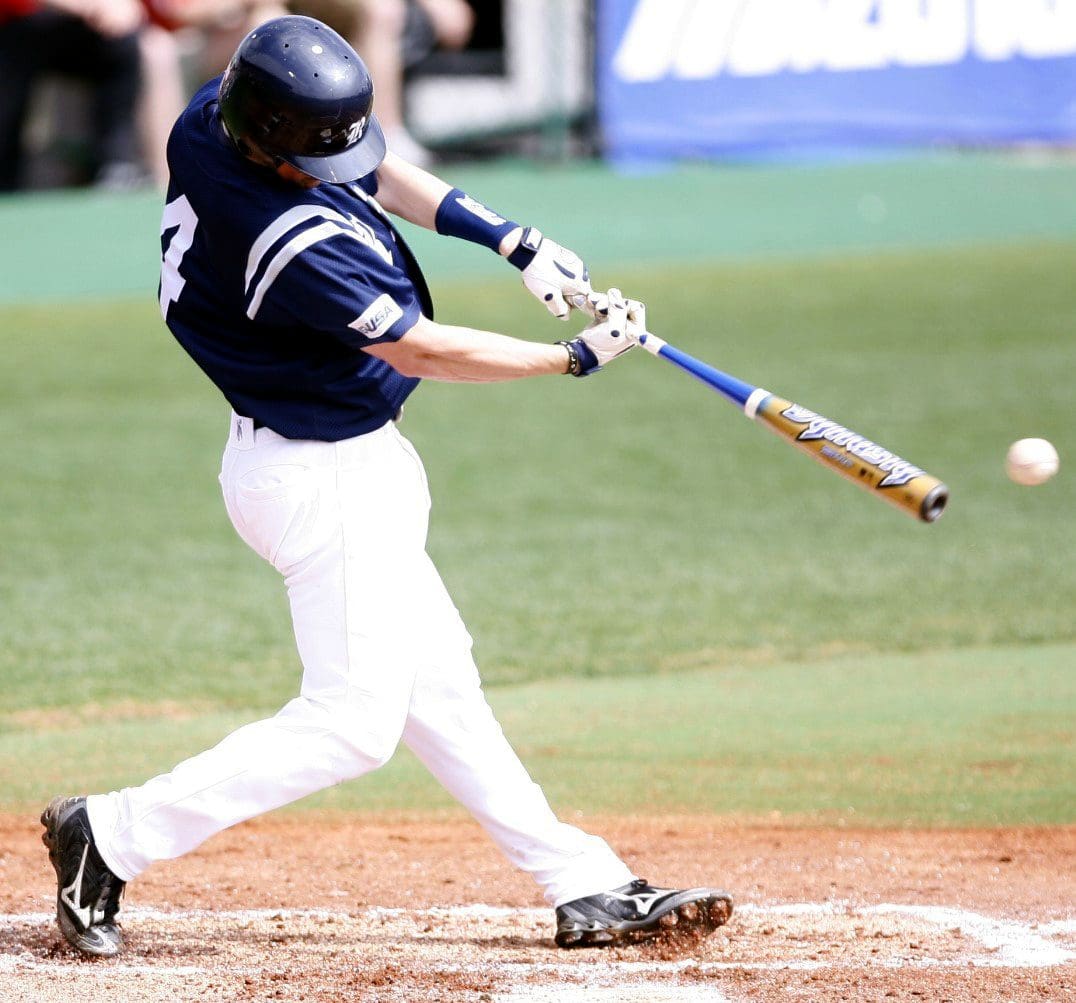 Baseball Training
Baseball Training
Trainers have to assess the unique needs of the sport and determine the time needed to improve each quality within the athlete. They should focus on the following:
- Improving core strength and trunk rotation.
- Increasing shoulder stability and strength.
- Improving quick reactive movements.
- Increasing explosiveness.
- Improving running, throwing, and bat speed.
- Injury prevention.
Baseball training workouts are targeted at increasing running speed, bat speed, pitching, and throwing velocity that breaks down the muscle groups for improving performance while decreasing the risk of injury. Training consists of combined conditioning that includes:
- Sprinting
- Interval runs
- Jump rope
- High-intensity cardio
- Strength training
Rotational Movements
- Players often lack abdominal or core strength.
- One of the main aspects of baseball is the hitting and throwing that is done in a rotational movement and are explosive.
- Players are recommended to train rotationally with light weights and high speed.
- Exercises emphasizing rotating the hips and torso with resistance, including cable and pulley machines, dumbbell workouts, and medicine ball workouts, are effective.
- Abdominal crunches and various rotational twists with a medicine ball can develop a strong muscular base in this area.
- This will improve strength and power in the core area, which is vital for swinging a bat and throwing.
Shoulder and Rotator Cuff Work
- High stress is placed on the shoulder joint and the rotator cuff muscles.
- Pitching happens at the shoulder joint and is one of the fastest human movements.
- Repetitive stress increases the risk of injury.
- Exercises that strengthen the anterior and posterior shoulder muscles in a balanced manner are recommended.
- Shoulder flexibility is necessary to allow external rotation when throwing at high speeds.
- Deceleration is the area of pitching where injuries happen most.
- Plyometric shoulder and upper body exercises can help with the explosive pitching motion.
Explosive Speed
- Different plyometric exercises are recommended for increasing explosive speed.
- It also improves cardiovascular endurance.
Bat Speed
- Players need increased lower body and core strength to develop power in the swing.
- The muscles require rotational training at a high velocity.
- Strong hip and leg muscles initiate the swing.
- The core area transfers the rotational speed to the torso.
- The arms complete the swing.
- The efficient transfer of force from the lower body to the upper body or the kinetic chain principle requires balance for optimal transfer.
- Strong lats, triceps, and forearms facilitate optimal bat acceleration during ball contact.
- Forearm and triceps exercises, squats, bench presses, and pull-ups are recommended.
Throwing Velocity
- Throwing a baseball at high velocity is a full-body movement that requires total body development.
- Strong leg, hip, and core muscles are necessary to transfer power from the ground, up through the lower body, to the torso, and then the arm and hand to generate a fast, whipping ball release.
- Weighted or medicine ball exercises can improve velocity.
- This will improve generating power in the throwing muscles.
- The objective is to build power utilizing a heavy and then a light load to build arm speed, and using proper form will improve throwing velocity safely.
- Proper trunk rotation during arm cocking and strength and flexibility training should involve trunk rotational exercises to develop the obliques so that maximum arm speed can be generated.
Biomechanical Analysis
Video analysis of a player includes:
- Pitching mechanics
- Hitting mechanics
- Fault correction
- Feedback
- Assessing progress
Mental and Emotional Skills
- Mental and emotional skills training helps players deal with success, failure, and game pressure.
- Players have to deal with consistent failure and remain confident.
Hitting Mistakes
References
Ellenbecker, Todd S, and Ryoki Aoki. “Step-by-Step Guide to Understanding the Kinetic Chain Concept in the Overhead Athlete.” Current reviews in musculoskeletal medicine vol. 13,2 (2020): 155-163. doi:10.1007/s12178-020-09615-1
Fleisig, Glenn S et al. “Biomechanical Analysis of Weighted-Ball Exercises for Baseball Pitchers.” Sports health vol. 9,3 (2017): 210-215. doi:10.1177/1941738116679816
Rhea, Matthew R, and Derek Bunker. “Baseball-specific conditioning.” International journal of sports physiology and performance vol. 4,3 (2009): 402-7. doi:10.1123/ijspp.4.3.402
Seroyer, Shane T et al. “The kinetic chain in overhand pitching: its potential role for performance enhancement and injury prevention.” Sports health vol. 2,2 (2010): 135-46. doi:10.1177/1941738110362656




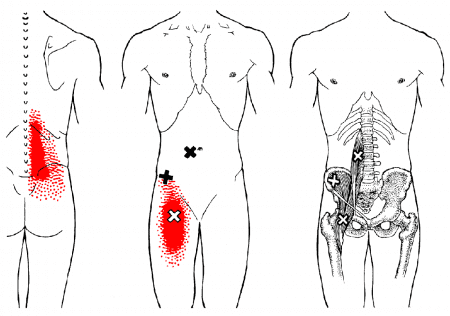


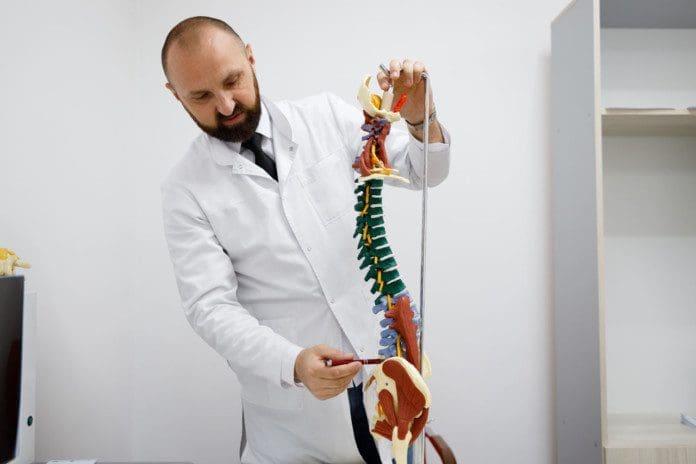
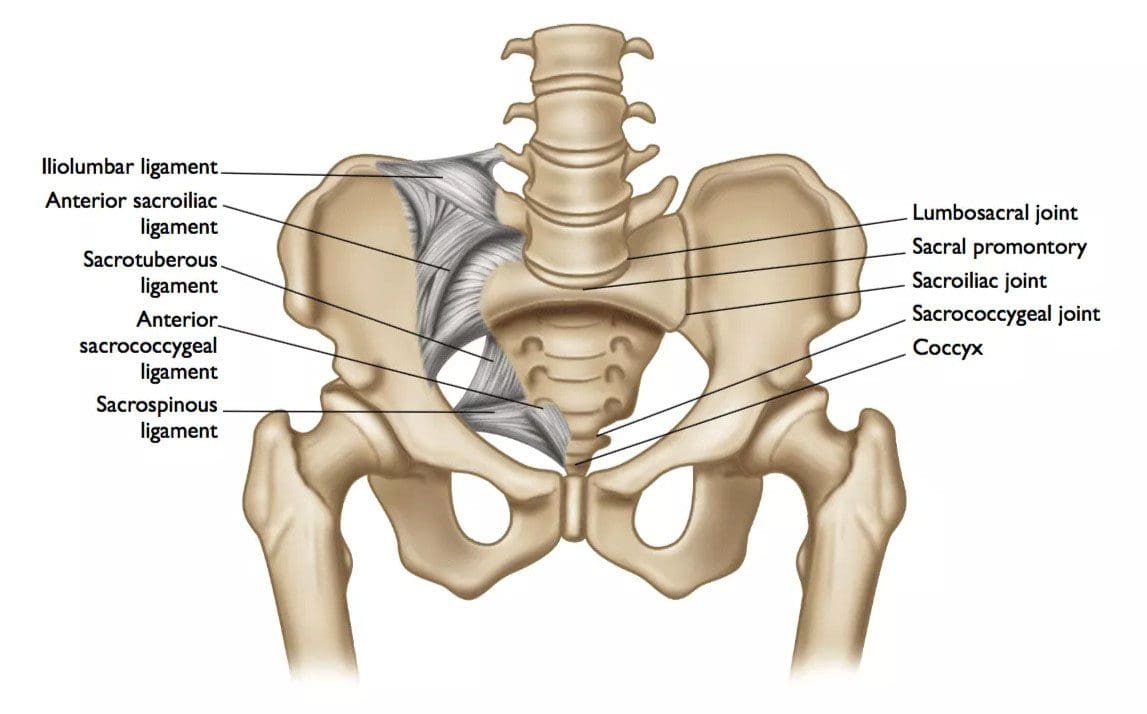 Sacroiliac Joint Surgery
Sacroiliac Joint Surgery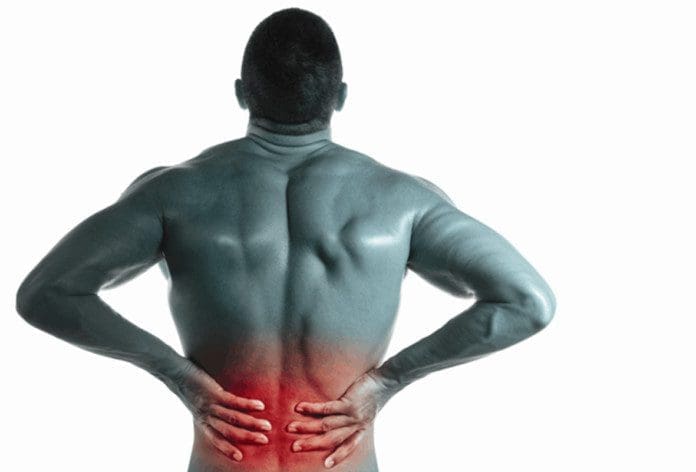
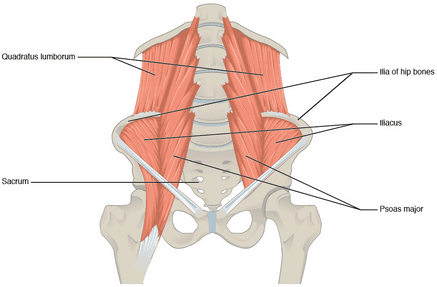
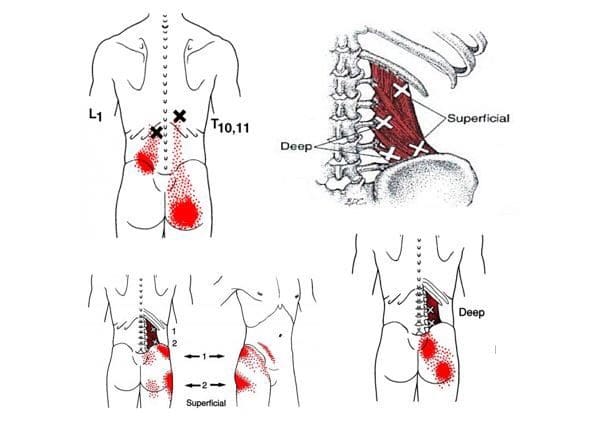

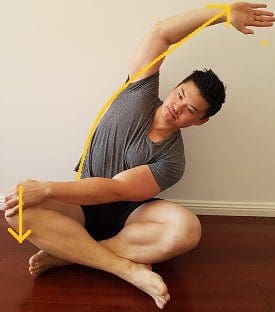



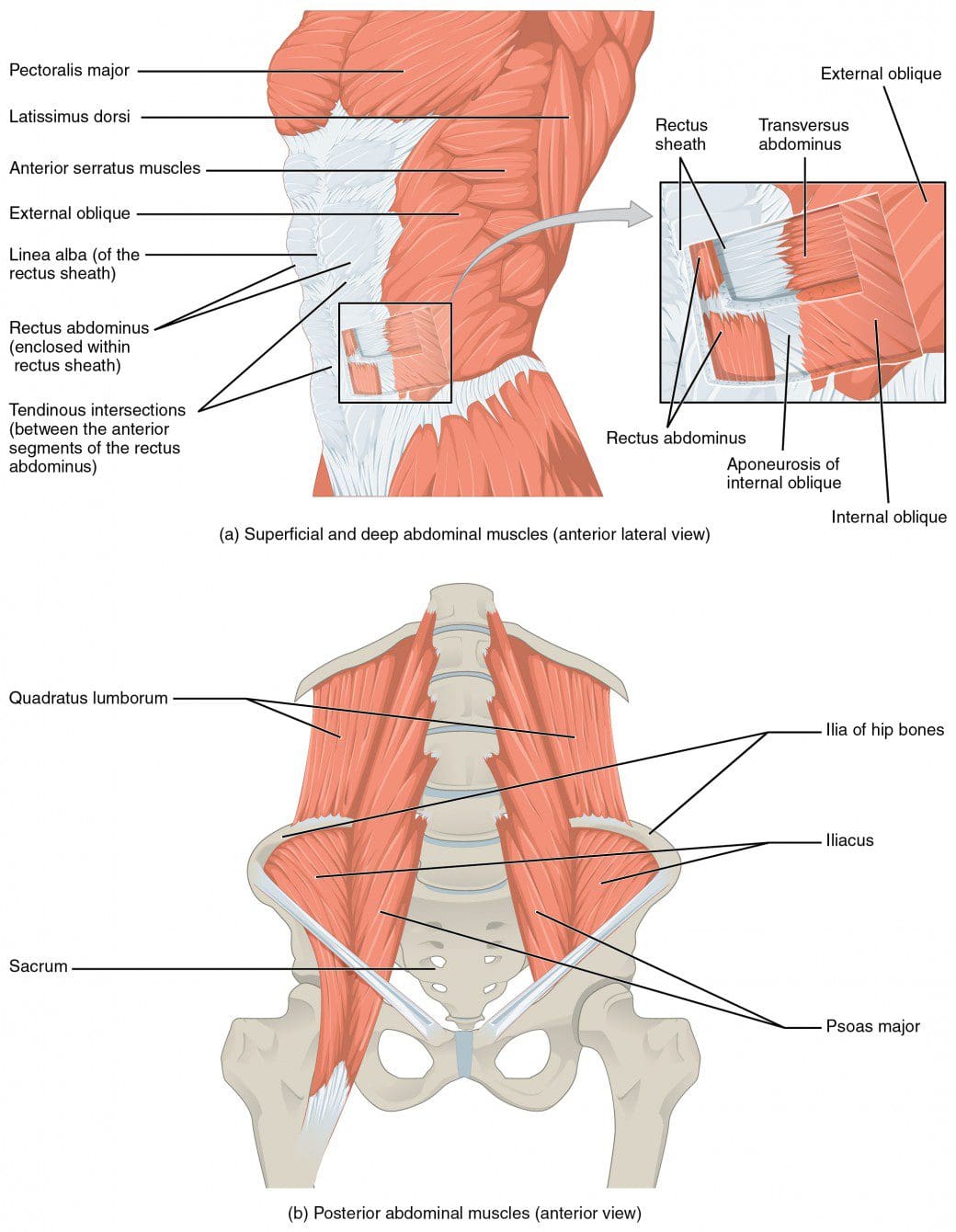
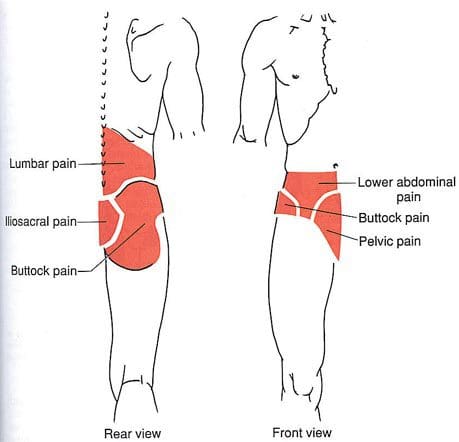



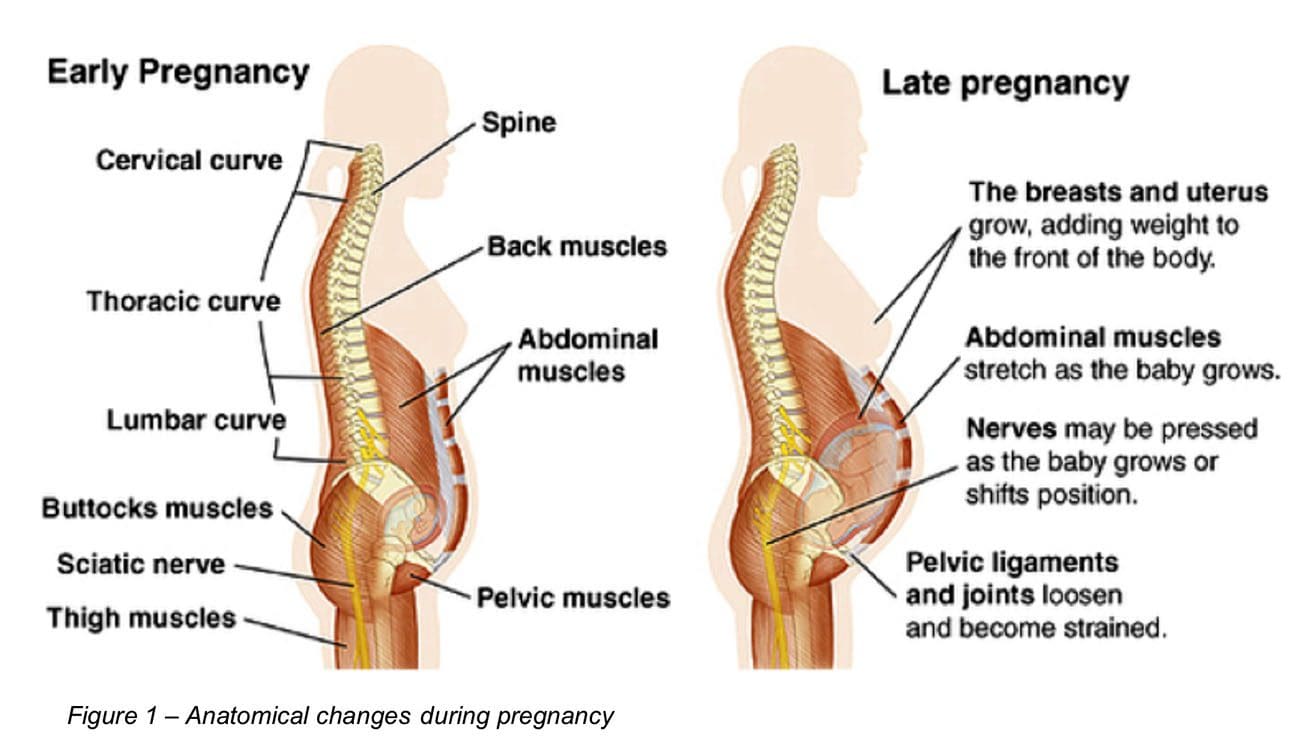

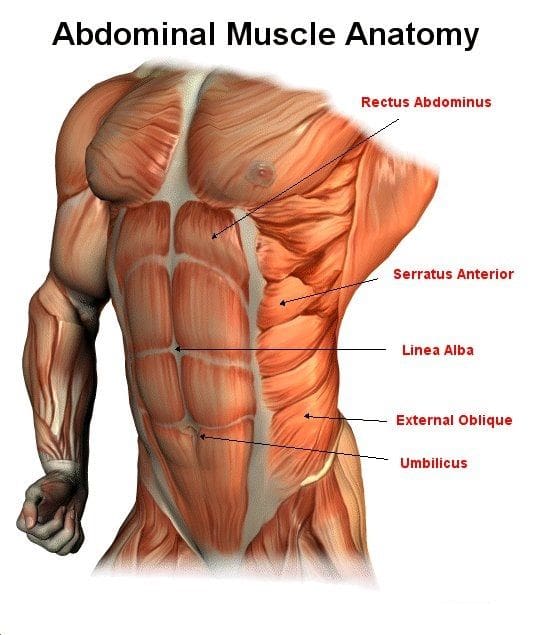
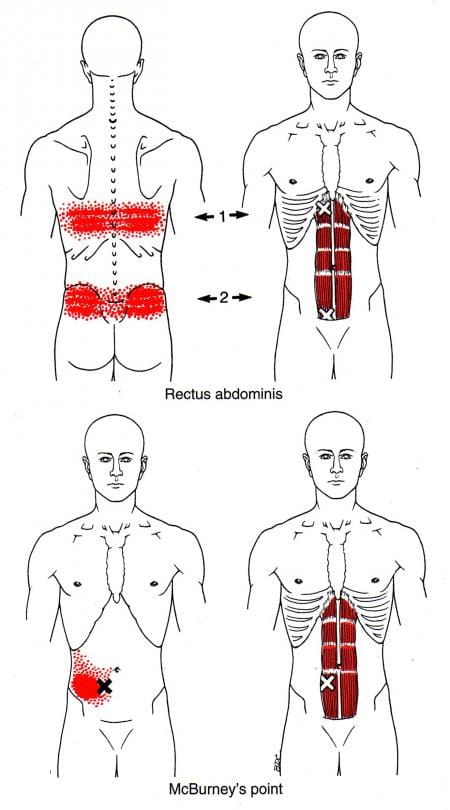





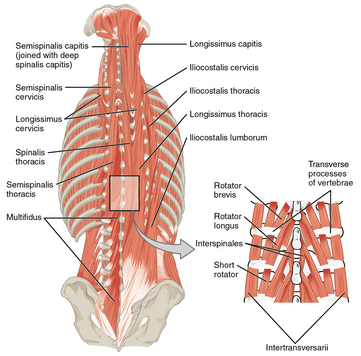
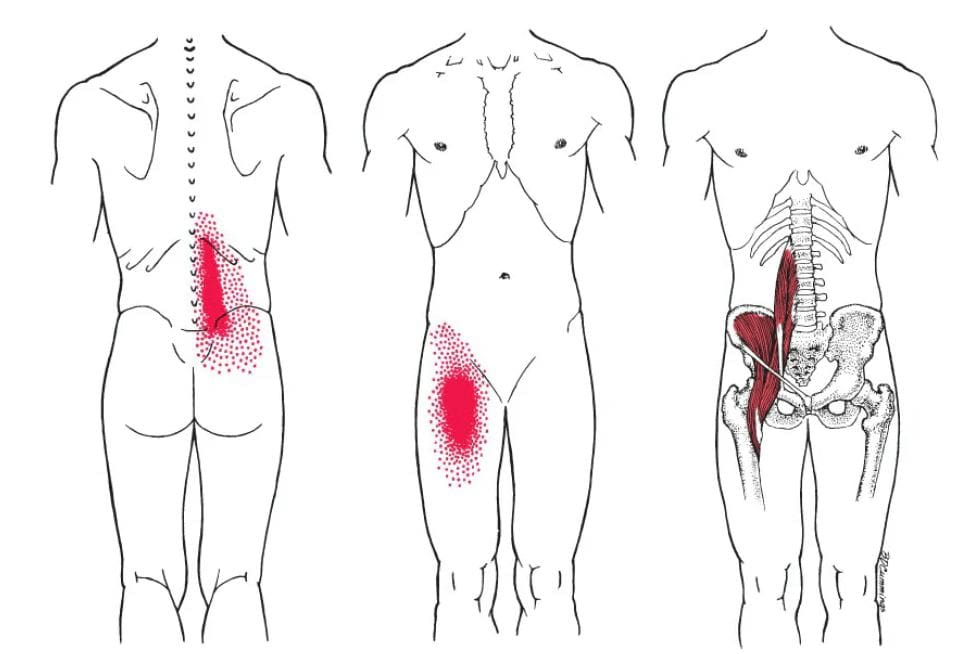


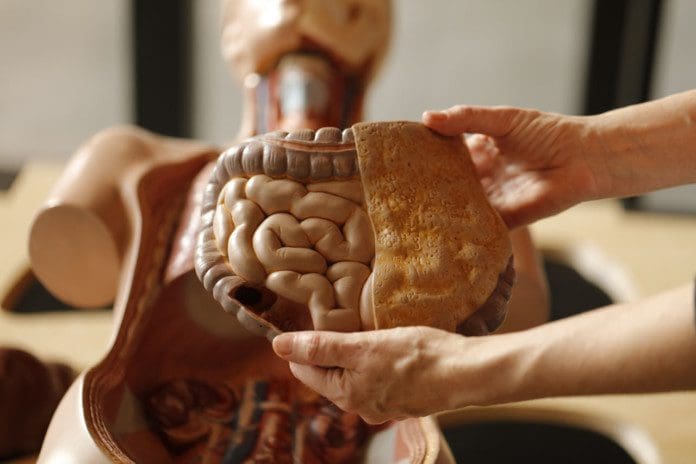
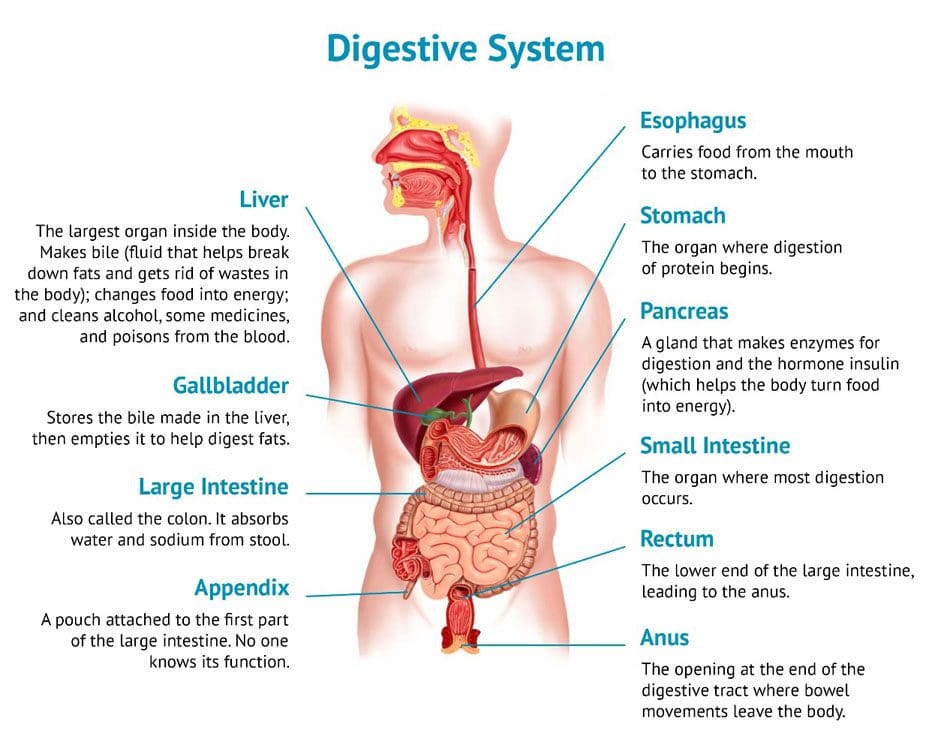

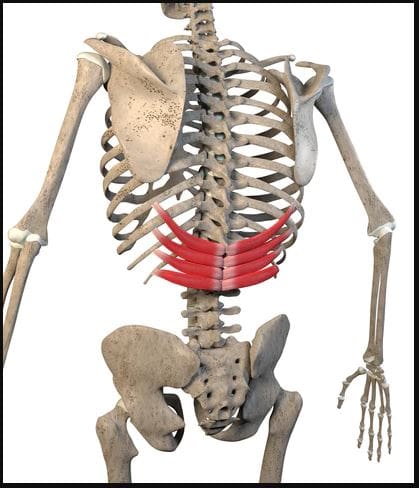
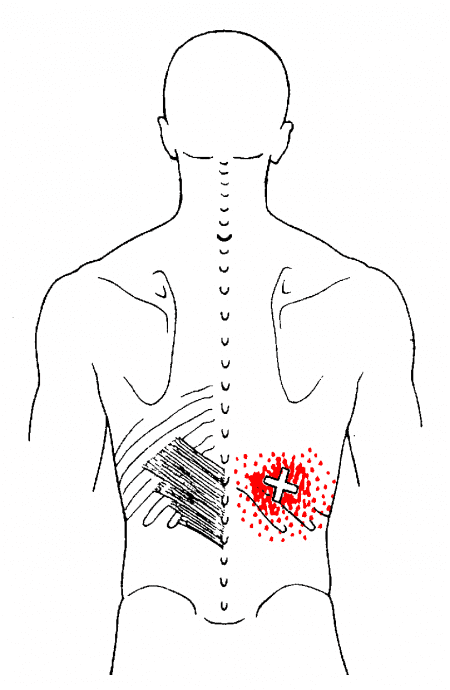



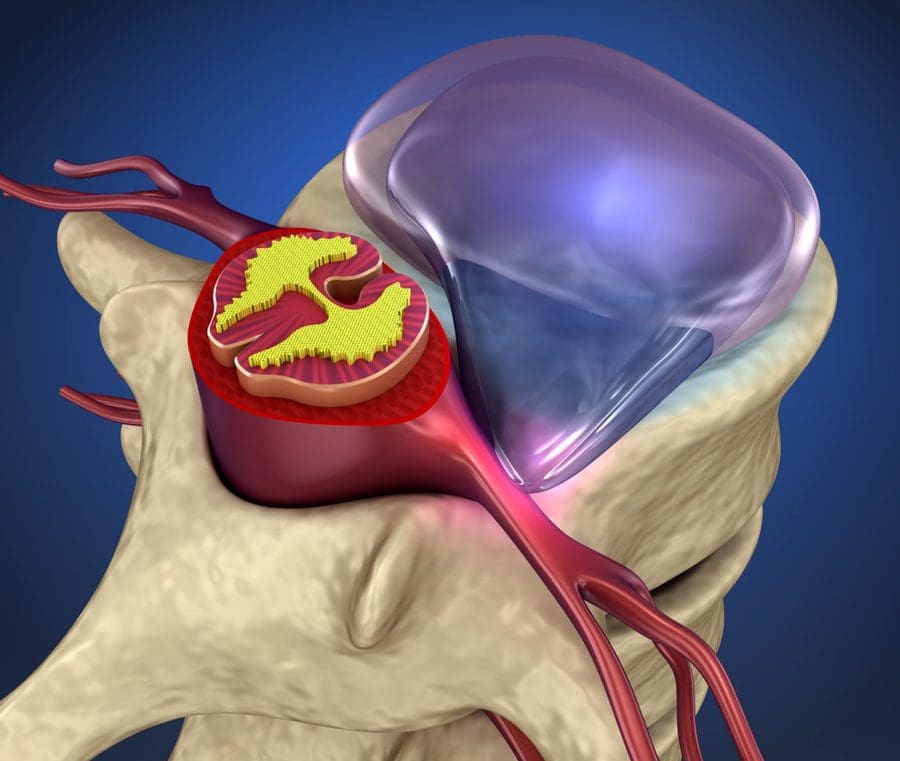

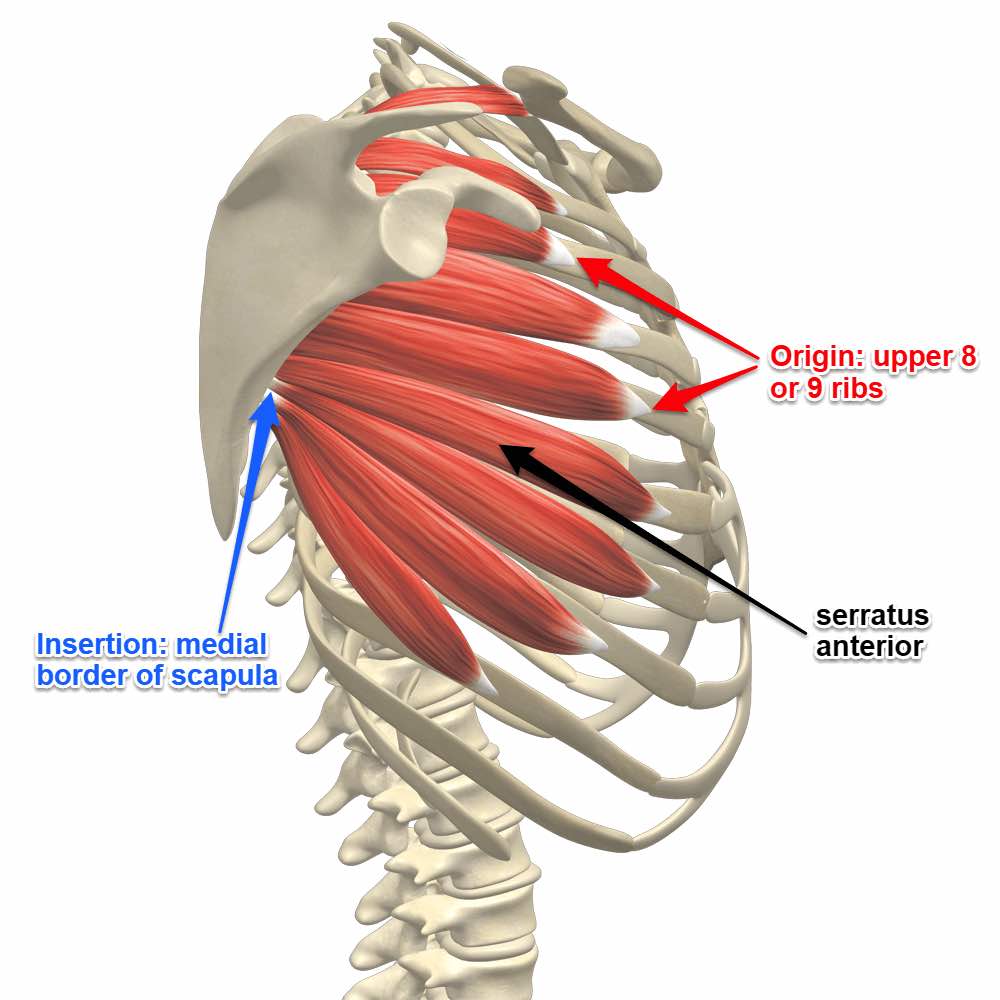
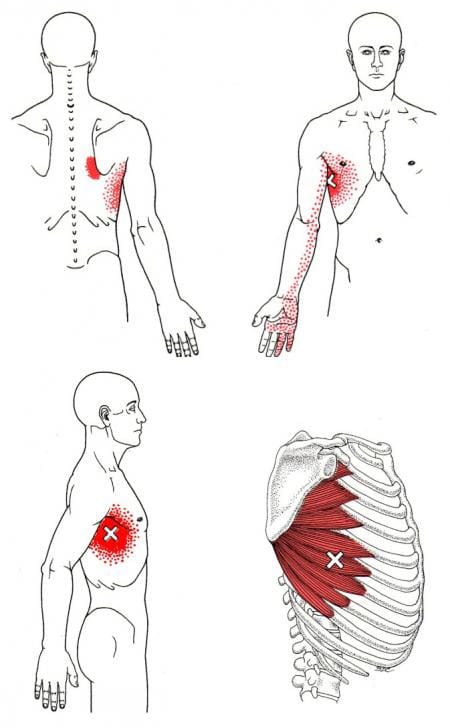



 Neuropathy Therapeutic Massage
Neuropathy Therapeutic Massage


